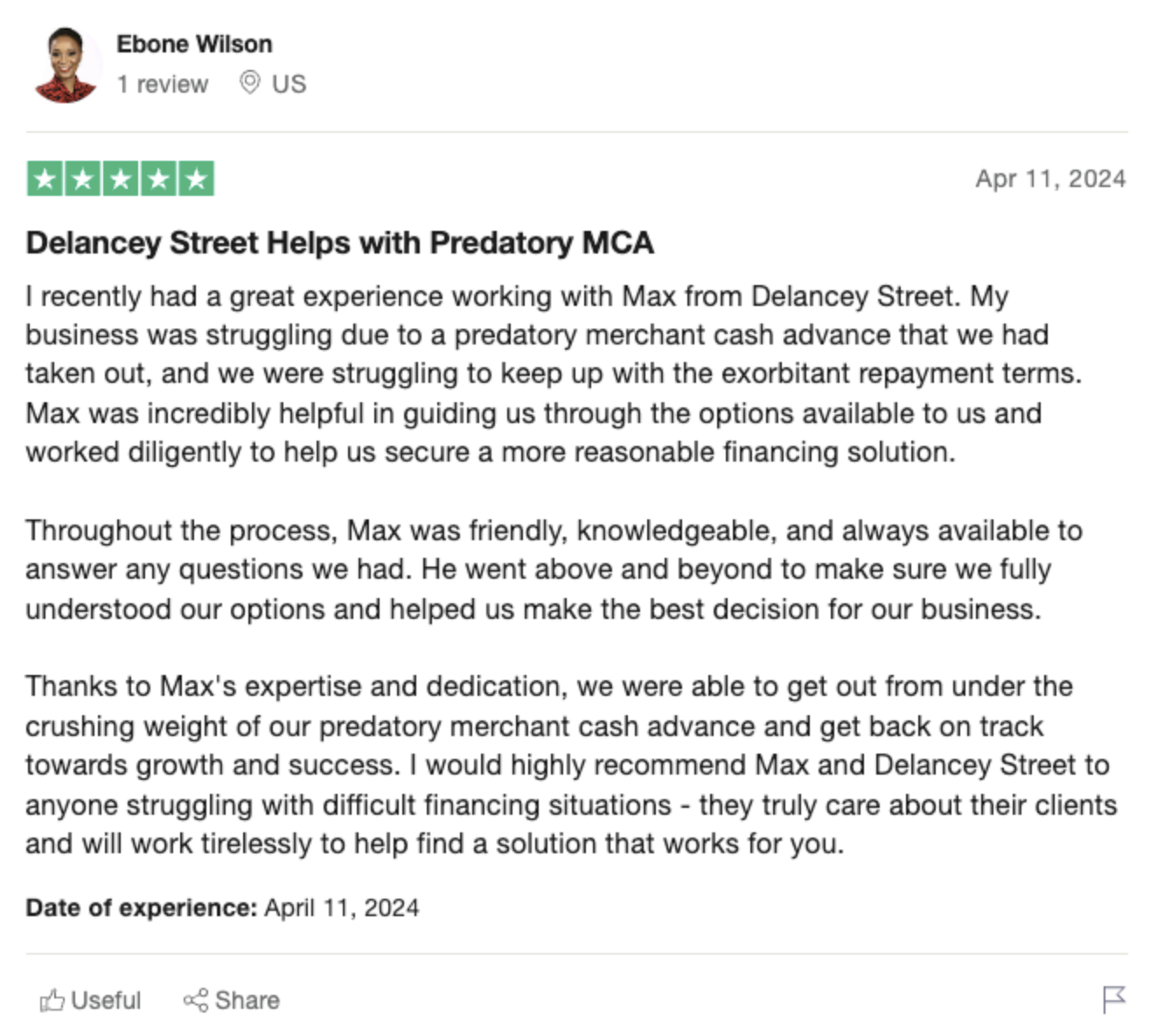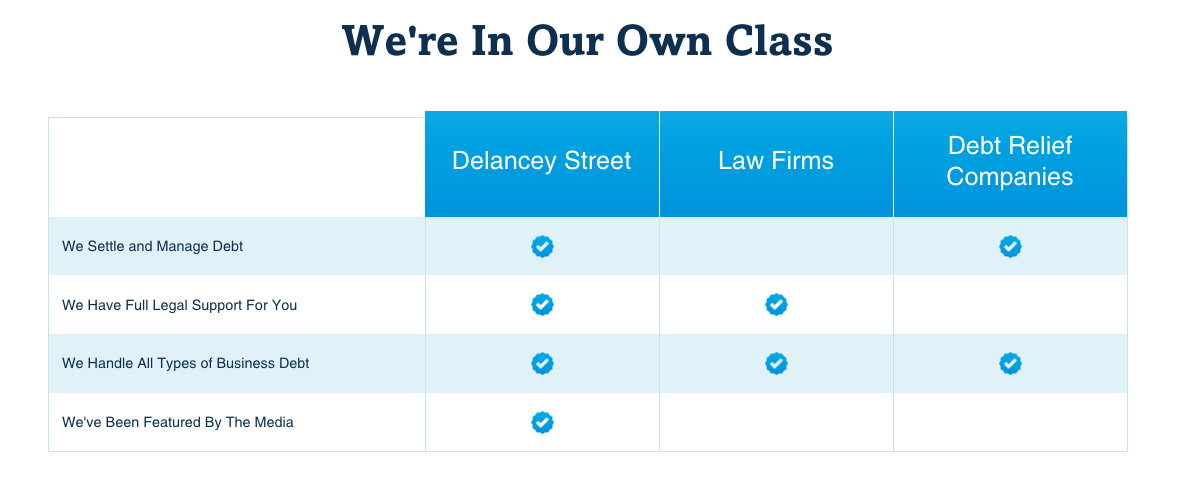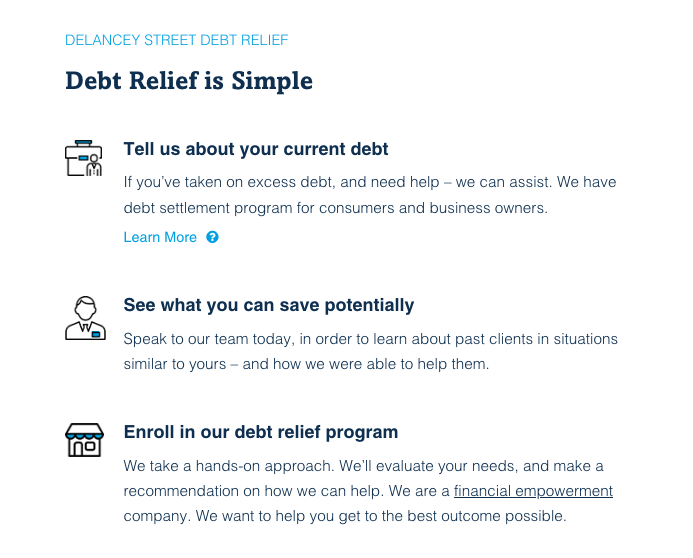What Do You Lose When You File Bankruptcy
Filing for bankruptcy is a major life decision that carries profound implications both legally and emotionally. It can be a way to get back on your feet, but it comes with sacrifices. Understanding what you stand to lose and how to navigate the complex terrain is essential. This article delves into the critical aspects of bankruptcy—from its legal connotations to its financial repercussions, credit implications, and emotional toll—to provide you with a comprehensive guide.
Understanding the Legal Implications of Bankruptcy
Bankruptcy is a legal procedure designed to help individuals or businesses clear outstanding debts or create a plan to repay them. When you file for bankruptcy, you’re entering a complicated arena governed by federal bankruptcy laws. Chapter 7 and Chapter 13 are the most common types of bankruptcy for individuals, each with its own legal framework. While Chapter 7 involves liquidation of assets, Chapter 13 allows you to keep your property while restructuring your debts.
 -
-Navigating through bankruptcy laws requires you to grasp key legal terminologies such as automatic stay, which provides immediate but temporary relief from creditors, and discharge of debt, the ultimate goal of bankruptcy. You’re shielded momentarily from collections and lawsuits, but you must meet strict regulatory criteria to qualify for either Chapter 7 or Chapter 13 relief.
One significant legal implication is the mandatory financial counseling and debtor education courses you’ll have to complete. These courses are designed to help you understand budgeting, personal financial management, and the implications of your bankruptcy filing. Skipping these steps can jeopardize your case.
In addition to legal procedures, another major consideration is that bankruptcy records are public. This means anyone can access information about your financial struggles, which could have long-lasting social and professional consequences. Public disclosure is a double-edged sword—while it provides transparency, it also compromises privacy.
Financial Setbacks: The Immediate Losses
Filing for bankruptcy results in several immediate financial setbacks. One of the most pressing losses is access to credit. Lenders are wary of extending credit to someone who has declared bankruptcy, making it challenging for you to secure loans, credit cards, or consolidate existing debt. Your borrowing power will be significantly diminished.
 -
-Another immediate financial hit comes in the form of legal fees. Filing for bankruptcy is not free; it requires paying attorneys, court costs, and other administrative fees. These costs can add up quickly and may need to be paid upfront, further straining your already precarious financial situation.
Let’s not overlook the potential loss of income. Suppose you’re employed in a sensitive financial role or a position requiring a high level of trust. In that case, your employer may view your bankruptcy filing as a liability, jeopardizing your job standing. This impact can be even more profound if you’re a professional holding licenses that mandate good financial standing.
Finally, there’s the issue of repossession and foreclosure. If you’re behind on mortgage payments or car loans, bankruptcy might not save you from repossession or foreclosure. While Chapter 13 could provide some breathing room, Chapter 7 could fast-track the loss of properties you financed heavily.
Credit Score Impact: Rebuilding Your Credit
Perhaps one of the most enduring impacts of filing for bankruptcy is the damage it inflicts on your credit score. A bankruptcy filing can stay on your credit report for up to 10 years, serving as a red flag to potential creditors and lenders. This steep decline in your creditworthiness can make it exceedingly difficult to secure loans, mortgages, or even basic services like housing and utilities.
Rebuilding your credit will be a slow, deliberate process requiring meticulous planning and diligence. Start by obtaining a secured credit card, which works like a regular credit card but requires a cash deposit as collateral. Consistently paying off this card can help rebuild positive credit history. Essentially, you’ll be retraining lenders to trust you again, step by painstaking step.
 -
-You should also focus on making timely payments on any remaining debts or new financial obligations. Payment history is one of the most critical factors affecting your credit score. A consistent record of on-time payments can gradually mend the damage caused by bankruptcy.
Lastly, regularly monitor your credit reports for inaccuracies. Errors can happen, and they can significantly impact your efforts to rebuild your credit. Ensure that discharged debts are updated in your report and correct any mistakes immediately. Proactive measures in monitoring can expedite your path to financial recovery.
Asset Liquidation: What You May Have to Forfeit
When you file for bankruptcy, especially under Chapter 7, you may have to forfeit some of your assets to repay creditors. Understanding what you might lose is crucial. The court appoints a trustee who will collect and sell your non-exempt property. Proceeds from this liquidation go toward paying off your debts.
 -
-Different states have different exemptions—property you can keep, such as a percentage of equity in your home, car, and tools of the trade. However, luxurious items and valuable assets like second homes, expensive jewelry, or non-essential vehicles are often liquidated. Essentially, anything the court deems non-essential for your basic living and working needs can be on the chopping block.
Asset Exemption Table
| Asset | Likely Outcome |
|---|---|
| Primary Residence | Partially Exempt (varies by state) |
| Second Home | Likely Forfeited |
| Basic Household Items | Usually Exempt |
| Luxury Items (jewelry) | Likely Forfeited |
| Work Tools | Usually Exempt (up to a limit) |
| Retirement Accounts | Often Fully Exempt |
| Vehicle | Partially Exempt (up to a value) |
In a Chapter 13 bankruptcy, the scenario is a bit different. You don’t necessarily liquidate your assets but rather make structured payments from your future income. This type allows for retaining property, but you must stick to a rigid payment plan executed over three to five years to repay all or a portion of your debts.
It’s worth noting that the law gives room for negotiation and judgment. For instance, your trustee may allow you to keep certain non-exempt items if they feel it’s practical and better for debt repayment. Understanding these nuances can help you prepare better for what lies ahead.
Emotional Toll: The Psychological Effects
Filing for bankruptcy is often an emotionally taxing experience. The stigma associated with financial failure can be debilitating, affecting your self-esteem and mental health. Feelings of guilt, shame, and insecurity are common, as are symptoms of anxiety and depression.
You might also experience a sense of isolation. Financial difficulties and the ensuing legal processes are not topics people openly discuss. This isolation can be doubly challenging if your social circle or professional network views financial instability as a character flaw. Seeking support, whether through professional counseling or trusted confidants, becomes crucial during this period.
There’s also the psychological burden of dealing with creditors. Even though an automatic stay legally protects you from harassment, the stress of prior confrontations doesn’t disappear overnight. The constant fear of losing your home, car, or other prized possessions can weigh heavily on your mind.
Nevertheless, in the long term, bankruptcy can bring a sense of relief and a fresh start. By facing your financial troubles head-on, you take the first step towards rebuilding your life. A well-structured bankruptcy plan can alleviate the immediate stressors and provide a structured path to regain financial stability.
Long-term Financial Recovery and Strategies
Long-term financial recovery after bankruptcy requires a multifaceted approach. Once the immediate issues are handled, focus on building a robust, foolproof financial strategy. Prioritize creating an emergency fund to cover at least three to six months of living expenses. This cushion can prevent you from sliding back into debt during unforeseen circumstances.
Another long-term strategy involves reassessing your financial habits. Take a hard look at what led you to bankruptcy in the first place. Is it a lack of budgeting, impulsive spending, or poor investment choices? Addressing these root causes with a long-term plan helps you avoid future pitfalls. Make budgeting a regular habit and consider seeking advisory services to guide you through complex financial decisions.
Financial Recovery Stages
| Stage | Action |
|---|---|
| Initial Stage | Create an emergency fund |
| Improvement Stage | Strict budgeting and adhering to it |
| Monitoring Stage | Regularly check your credit report |
| Growth Stage | Focus on savings and investments |
| Maintenance Stage | Keep learning and adapting financial strategies |
Investing in yourself is another crucial strategy. Whether it’s further education, skill improvement, or entrepreneurial ventures, diversifying your income streams can greatly enhance your financial resilience. Financial education doesn’t stop at knowing how to budget; it involves continuous learning and adaptation to new financial norms and tools.
Lastly, seek accountability. Whether through a financial advisor, support group, or a trusted friend, having someone to keep you on track can make a significant difference. Long-term financial recovery is a journey, requiring patience, commitment, and continual learning.
Filing for bankruptcy is undeniably difficult, laden with legal, financial, and emotional ramifications. However, it also offers an opportunity for relief and a fresh start. By understanding what you may lose—from assets to credit standing—and employing strategies for recovery, you can turn this challenging experience into a stepping stone towards a more stable financial future. It’s never just about wiping the slate clean; it’s also about writing a new chapter, more informed and prepared. Make wise choices, seek assistance when needed, and remember that recovery is not only possible—it’s within your reach.







